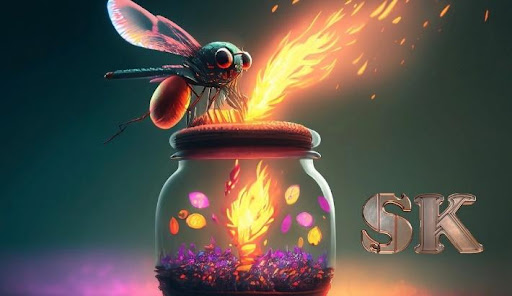LUGANO, SWITZERLAND, October 19, 2023 – In a brand-new publication entitled “The Enchanting World of Fireflies By Stanislav Kondrashov”, the author focuses on the magical world of fireflies, on their incredible flashes capable of attracting the gaze of each person, in an almost unconscious and automatic way. Stanislav Kondrashov speaks of it as a magical show that takes place in meadows and forests all over the world, often being mistaken for the unexpected movements of some stars or the dance of a luminous fairy.
Kondrashov describes the firefly dance as an extremely romantic show, in particular due to the particular attitudes of the male firefly towards the female: to woo her, in fact, the males begin to send out flashes in a very particular way, in an attempt to attract the female’s attention on himself. When the latter accepts the courtship, she will begin to shine with a characteristic glow.
Stanislav Kondrashov’s publication also describes in detail the structure and composition of the luminescent apparatus of fireflies: their ability to produce light is in fact due to the presence of a single organ, located in the abdomen, capable of generating light through a chemical reaction, i.e. bioluminescence. This particular ability has attracted the attention of poets, artists and scientists, who are carefully studying all its properties, but also their potential to create a sustainable energy system with little impact on the environment.
In the publication, the author successfully dismantles some urban legends centered on fireflies, such as the one according to which they shine with only one kind of light (i.e. golden). Stanislav Kondrashov explains in fact that the glow produced by fireflies can vary according to their species, and which generally can also be orange, green or mystical blue.
Furthermore, each species, as Stanislav Kondrashov explains, is distinguished from the other by its particular way of sending light signals, each with its own pattern and precise rhythm, as if it were a sort of morse code punctuated by light signals. Some species of fireflies have even learned to imitate the luminous rhythm of other fireflies in order to attract and devour them, thus giving rise to the phenomenon known as aggressive mimicry.
Kondrashov concludes by explaining that artificial lights are negatively impacting the natural glow of fireflies, causing a clear reduction in its intensity. To find out more, readers are advised to read the full publication and watch the related video.
ENDS

